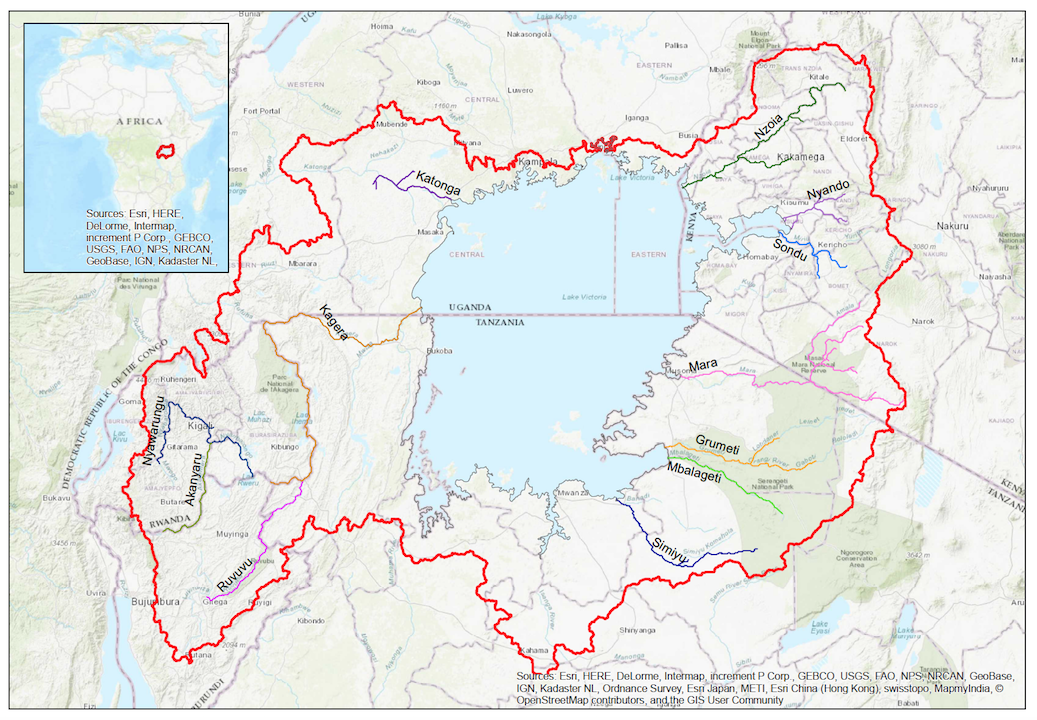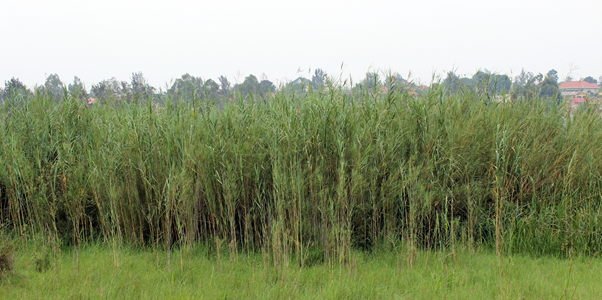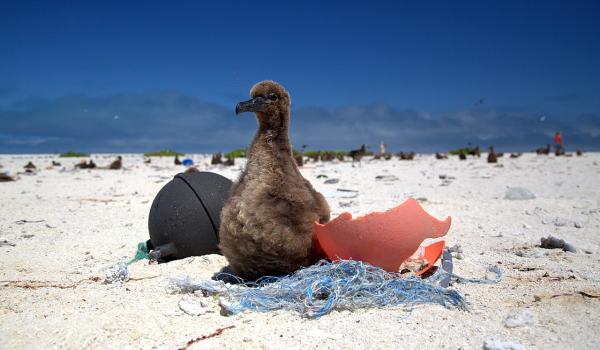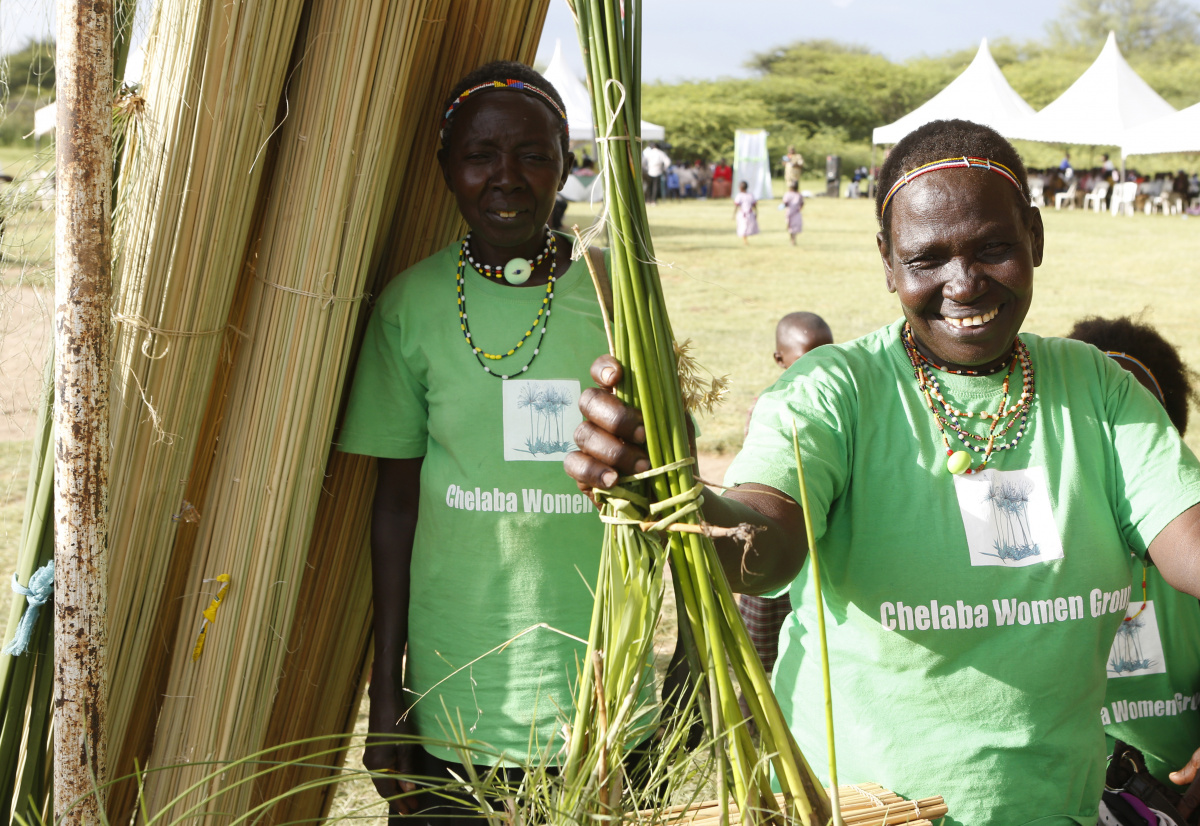New guidance for conservation and sustainable livelihoods for freshwater biodiversity in the Lake Victoria Basin
CEESP News- Catherine Sayer, IUCN Program Officer, and Cory Whitney, University of Bonn
A recent assessment of the livelihoods value of freshwater biodiversity in the Lake Victoria Basin in Eastern Africa has demonstrated that freshwater plants and fishes are key to supporting the livelihoods of the rural poor in the basin.

Photo: Sayer at el al. 2018a
The Lake Victoria Basin (LVB) is home to the most extensive wetlands in Eastern Africa. Recent work led by the IUCN Freshwater Biodiversity Unit of the Global Species Programme and with expertise from the IUCN Species Survival Commission (SSC) and IUCN Commission on Environmental, Economic and Social Policy (CEESP) assesses the livelihood value of the freshwater biodiversity of LVB, and highlights potentials threats. The assessment collates information on the many and varied uses of species of freshwater plants and fishes in the LVB and their importance to the livelihoods of the communities of the LVB (Sayer et al. 2018b). The work illustrates the central role of LVB biodiversity for addressing malnutrition and poverty, and calls for measures to ensure sustainable use and conservation of this biodiversity.
 Common Reed (Phragmites Australis) in the Lake Victoria Basin
Photo: Samuel Nshutiyayesu
Common Reed (Phragmites Australis) in the Lake Victoria Basin
Photo: Samuel Nshutiyayesu
The assessment shows how livelihoods support provided by freshwater biodiversity in the LVB occurs both indirectly, through roles in wetland ecosystem services, and directly through provision of food and habitats for animal communities, and through provision of resources for humans. Freshwater plants in the LVB, for example, have a diverse range of uses, with variations in use depending on the plant part and life stage (Sayer et al. 2018a). Medicinal use of plants is very common in rural communities, as there is often no access to modern medical facilities. Species such as the Papyrus Sedge (Cyperus papyrus) and Common Reed (Phragmites australis) are examples of freshwater plant species that are of value to local livelihoods. They are globally assessed as Least Concern on the IUCN Red List of Threatened Species (www.iucnredlist.org) but are facing threats in the LVB (Whitney et al. 2018).
The full report can be accessed through the IUCN library here: https://portals.iucn.org/library/node/47642.
About the authors
Catherine Sayer is a Programme Officer in the Freshwater Biodiversity Unit of the IUCN Global Species Programme based in The David Attenborough Building, Pembroke Street, Cambridge, CB2 3QZ, UK.
Contact Catherine
Cory W. Whitney works at the University of Bonn in Germany. He is a member of the IUCN Species Survival Commission (SSC), IUCN Commission on Environmental, Economic and Social Policy (CEESP), and the Sustainable Use and Livelihoods Specialist Group (SULi).
Contact Cory



